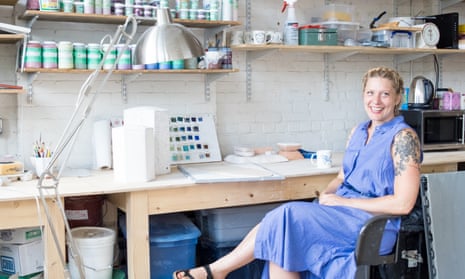Not long ago, Molly Hatch was visiting one of her aunts for a family gathering. “I explored her home for the first time, room by room, and when I found myself in her living room I suddenly had the feeling of being at home.
The Guardian’s product and service reviews are independent and are in no way influenced by any advertiser or commercial initiative. We will earn a commission from the retailer if you buy something through an affiliate link. Learn more.
“I knew the objects here, because most of them had been my grandmother’s before she passed away. There were French tobacco lamps on her side tables, a chest, a plate …”
Hatch was gripped: determined to discover more about her family, by understanding the objects from its past.
“I wanted to learn more about the china I loved in my childhood. Where did the pieces come from? Who had them before my grandmother? What provenance has been lost that I could regain? If these objects could talk, what stories would they tell?”
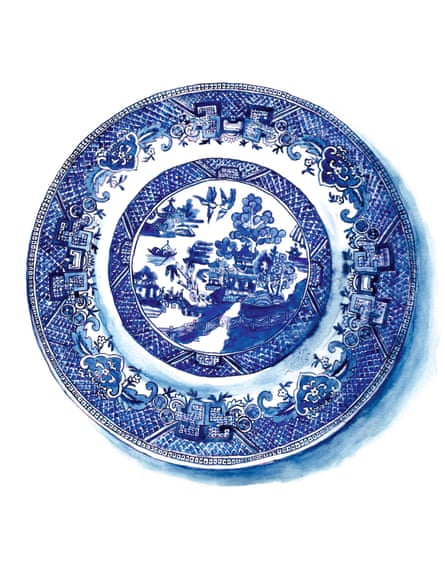
Looking at the family china, full of memory and meaning to her personally, she was driven back to the museums where she first studied as a young artist. Her research led to a new book, A Passion for China. And in the process she learned much about the subtle but powerful influence homeware has on us all – including what we search for to replace pieces that are lost or broken.
Hatch, a well-known American ceramicist, artist and designer, acknowledges a large debt to the British studio pottery tradition, and has family connections in the UK.
While in London, she signed a contract to design homeware with a major UK department store (she can’t say which one), and ran a sellout workshop at the Victoria & Albert Museum – a place she adores.
“My first trip to the V&A was mainly to see the William Morris work in the collection, but how could I not fall in love with a museum that dedicated its top floor to ceramics? I walked through the grand halls, examining vitrine after vitrine full of pots by all of my ceramic heroes – British and otherwise – all waiting to be discovered.”
Drawing on that workshop, she has a suggestion for those who want to understand their own family story through tableware: draw it.
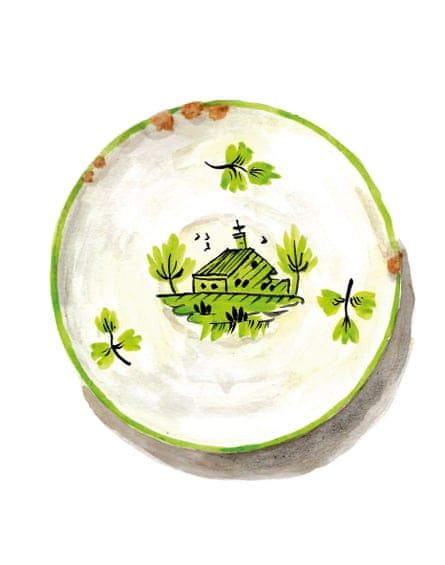
“Pick up a teacup from your grandmother’s shelf. Look more closely and you may see the backstamp from the factory that made it, and you can begin to put together the larger story. Where was it manufactured? Who chose the design? Who else might have sipped from it? Ask all about it. Where did that chip come from? Or those stains? Like scars on our bodies, these marks on our tableware add to the individual stories behind the objects we live with.”
For her book, Hatch painstakingly drew and painted her family’s familiar old china, and researched stories about each piece.
“It’s so easy to look at something quickly, to use it every day and not really notice it. But if you draw it and try to copy the pattern, you notice each element, and wonder why it’s there.
“After you draw it, ask people where it came from? Why do we have it? And record that oral history. When I did that, I took notes, and asked for emails. My mother very generously wrote her thoughts.”
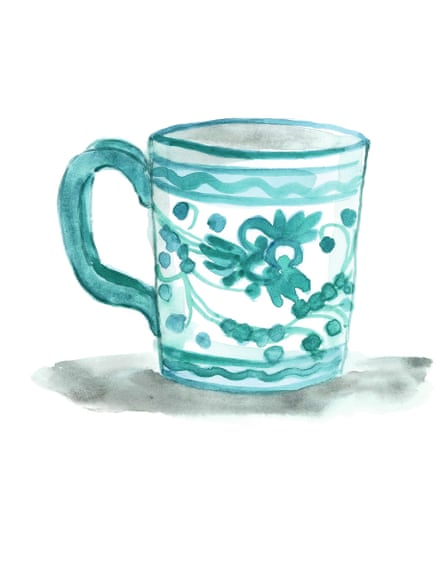
When Hatch’s grandmother was dying, family members made a project of asking questions about all the things in her house. “It’s like having a miniature registry. It’s just so much more interesting to know that your French cabbage leaf plates were acquired by your great-uncle and aunt for their wedding …”
Hatch grew up in Vermont, on an organic dairy farm, with parents she describes as back-to-the-land hippies. The house was too large to heat throughout, and the colder rooms at the back contained furniture and other items that had been inherited from her mother’s previously well-off family.
So despite having little money for treats, the family had silver to eat with, and fancy china.
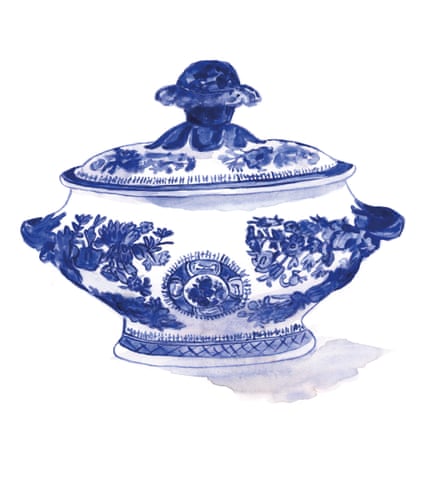
“Gathering images for my book, of the objects I remembered, I came to realise that my memory of them was not always correct. And while I knew many of the stories of the ceramic objects I grew up with as they fit into my family’s narrative, I have now learned an enormous amount about their role in our collective world history.
“This is a bit like Antiques Roadshow. If you know the family lore, and where something came from, and then you find out where it fits in the wider world history – it’s a wonderful exercise. You’ll find a lot of information on Wikipedia, and on Replacements.com.
“I learned so much doing this. I didn’t want to put words into anybody else’s mouth. So I let them see what I was writing. And there were some things we had conversations about. Like describing my parents as “back-to-the-land hippies”. There was an interesting discussion among my parents’ generation about what hippies are. And it’s interesting that a book about tableware could unearth that.”
